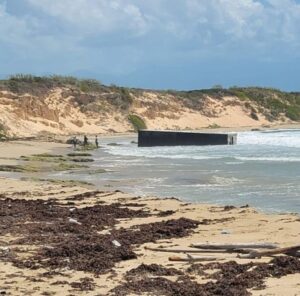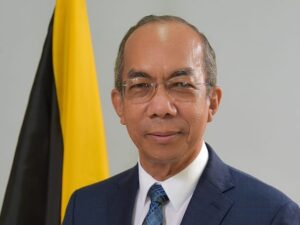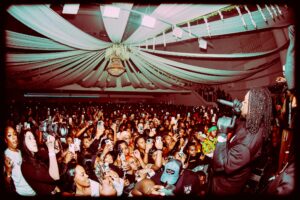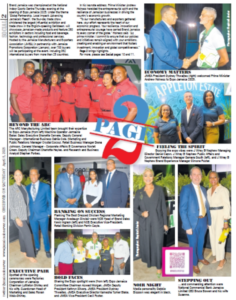From Avianca to Canjet: MoBay airport at centre of J’can aviation history
THIS weekend’s hijack of a CanJet flight 918 airline ensured that Montego Bay’s international airport remained at the centre of Jamaican aviation history.
Forty years ago, on January 21, 1960, Avianca flight 671 crashed and burned after an exceptionally hard landing, killing 37 passengers at that airport, not yet named after the late prime minister Donald Sangster.
Journalist John Maxwell covered the crash of the Lockheed L-1049E aircraft belonging to Colombia’s national airline. Maxwell recalled: “The airport was closed and no one could go down there. M G Robinson, chief operator and Cliff Jennings, chief maintenance engineer, were the engineers on duty, under the supervision of Gordon Stewart Sr, father of the business tycoon fondly referred to as ‘Butch’ Stewart.
“They rigged up a contraption connecting a microphone to the telephone. With the advance of technology, that is taken for granted today. From Kingston, I phoned a customs officer at the airport and asked him if he could see the crash from where he was. The officer said ‘yes’. I interviewed him and gave Jamaica one of its most dramatic and sensational stories.
“He was the perfect witness,” Maxwell says of the officer whose name he could not immediately recall. He shared credit for that story with a Trinidadian named Randolph Rawlings.
The first supersonic aircraft to land at a Jamaican airport, the Concorde developed jointly by England and France, landed at the Sangster airport in the 1980s.
Montego Bay’s airport was also at the centre of a controversy last year over the RIU resort building of a four-storey hotel three miles east of the airport, but in the flight path, that was frowned on by the Civil Aviation Department because of fears that it was unsafe for aircrafts landing at and taking off at the airport.












